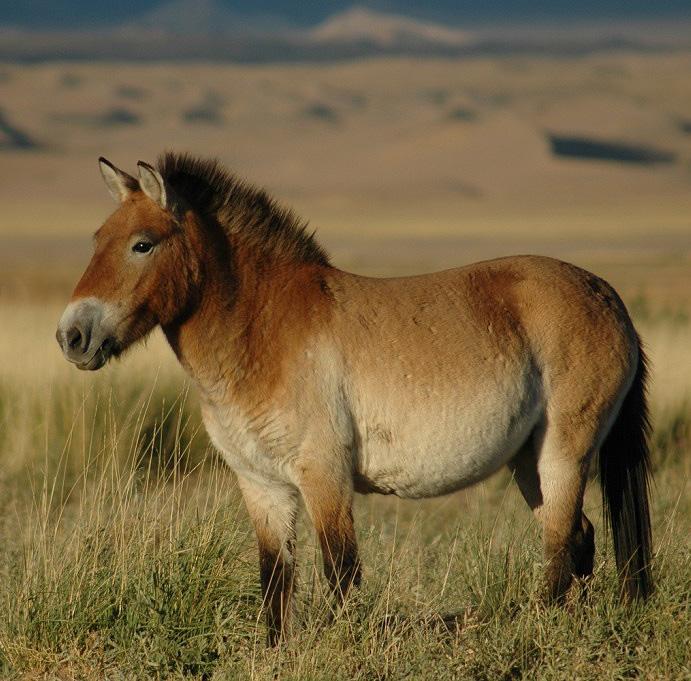
Continent: Asia
Country: Mongolia
Weight: 200 – 300 kg
Height: 120 – 146 cm
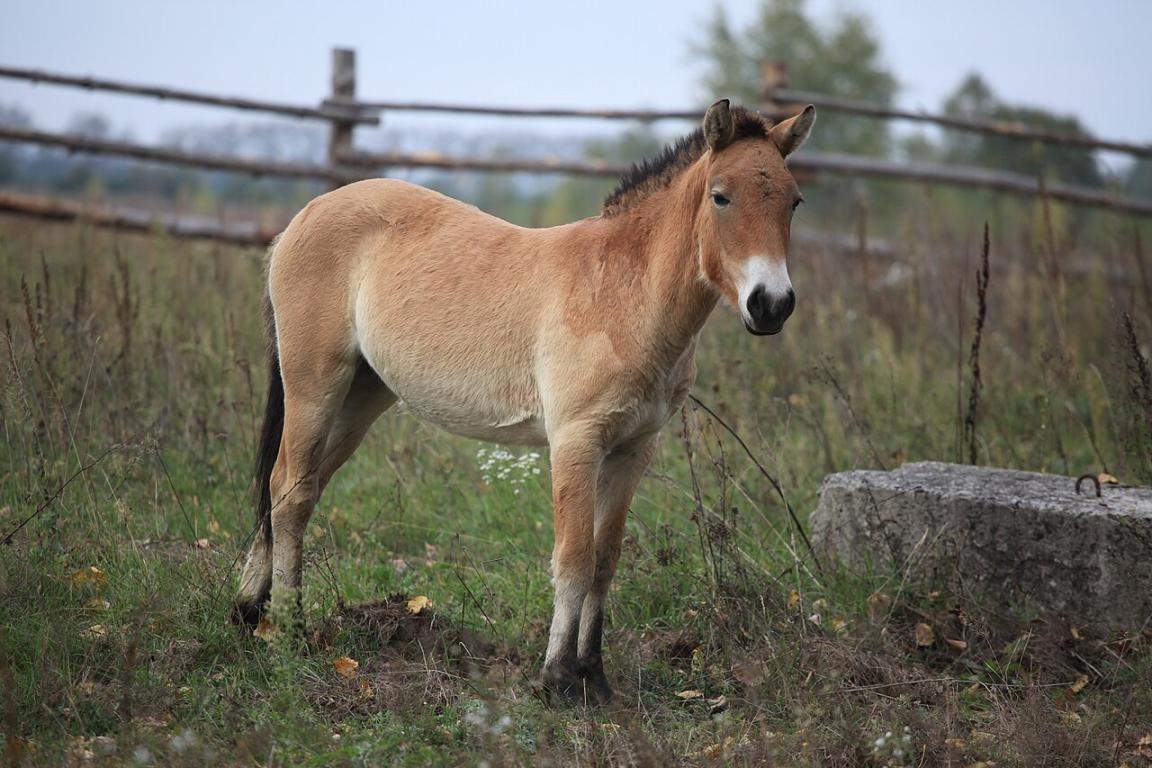
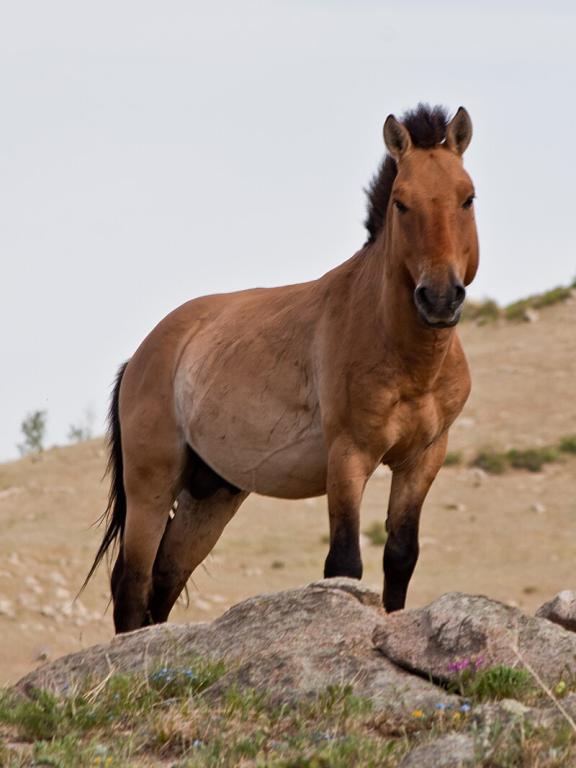
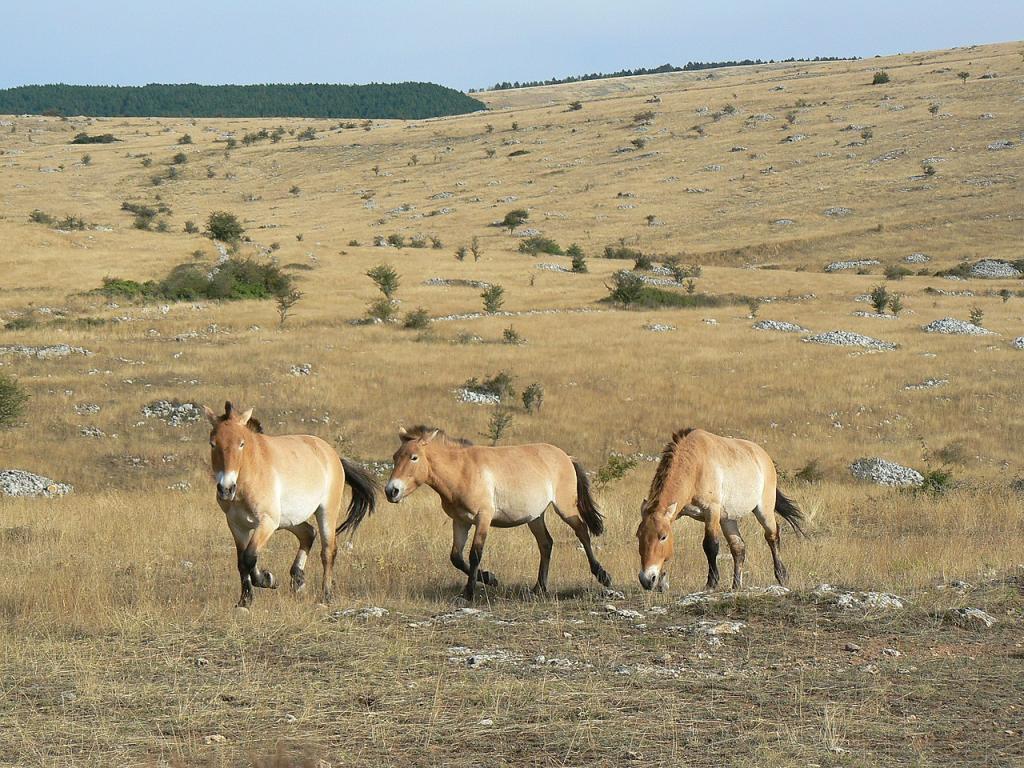
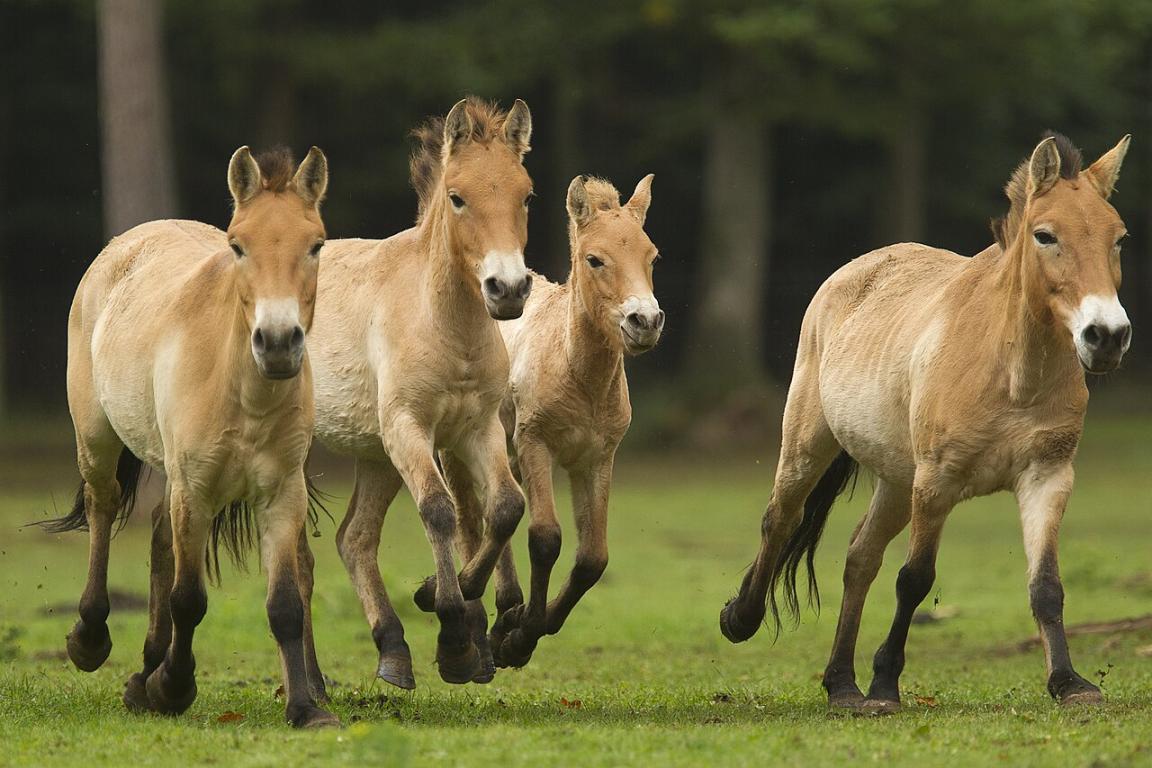
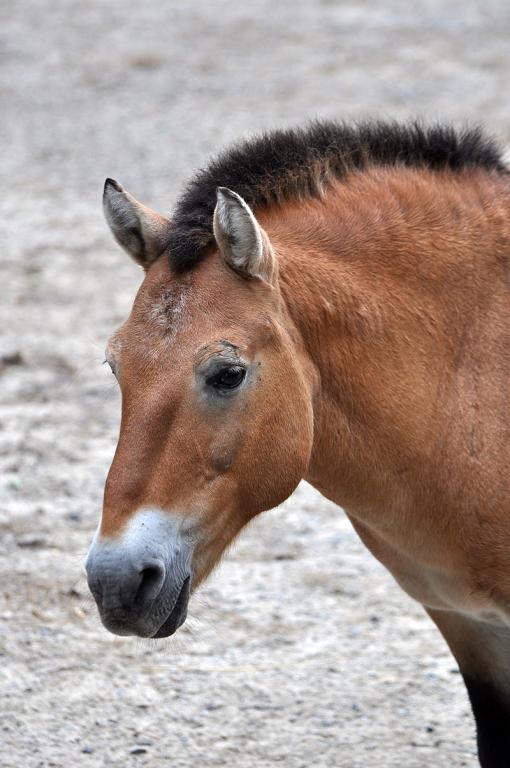
Przewalski's Horse (or Takhi) originates from the Central Asian steppes, mainly Mongolia, but also the bordering regions of China and Kazakhstan. Considered the last true wild horse, it has survived for millennia without domestication.
Scientifically discovered in 1879 by the Russian explorer Nikolai Przewalski, it was already well known to Mongolian nomadic peoples, who called it Takhi, meaning "the spirit" or "the sacred horse."
Its current survival is due to captive breeding programs initiated from a handful of individuals, followed by successful reintroductions in Mongolia (notably in the Hustai National Park and the Takhin Tal Reserve).
The Przewalski’s Horse originates from the Central Asian steppes, mainly Mongolia, where it lived in the wild before its local extinction in the 20th century. Mongolian nomads called it Takhi, meaning “the spirit” or “the sacred horse.”
Since the 1990s, several conservation projects have led to its reintroduction into the wild. The main repopulation areas are:
These sites now host stable populations, all descended from captive-bred animals.
In parallel, the Przewalski’s Horse is bred in several zoos and nature reserves to maintain genetic diversity and support reintroduction programs. The most important include:
Today, the population of the Przewalski’s Horse exceeds 2,000 individuals, spread between reintroduction areas in Mongolia and semi-wild or captive breeding facilities. This distribution ensures the species’ long-term survival and reduces the risk of extinction.
The Przewalski's Horse is recognized as the only wild horse species still in existence, never having been domesticated. As such, it represents a unique genetic heritage, distinct from breeds that originate from the domestic horse (Equus caballus).
Shaped by the environmental pressures of the cold and arid steppes, it has preserved fundamental characteristics such as:
Its appearance and genetic heritage closely resemble the horses depicted in Paleolithic cave art. Thus, it serves as a living testimony of equine evolution and a scientific model for studying domestication and equid diversity.
Thanks to the international studbook and reintroduction programs, the Przewalski’s Horse has been saved from extinction. Its conservation directly contributes to the preservation of global biodiversity and illustrates the importance of cooperation between zoos, researchers, and breeders.
The Przewalski’s Horse is considered the direct descendant of wild horses that roamed Eurasia during the Paleolithic. Its morphology strongly resembles horses represented in the cave paintings of Lascaux and Altamira, making it a living witness of equine evolutionary history.
Although always known to Mongolian nomads, who called it Takhi (“the spirit” or “the sacred horse”), it was first described scientifically in 1879 by Russian explorer Nikolai Mikhailovich Przewalski, after whom it is named.
At the end of the 19th and early 20th centuries, the Przewalski’s Horse suffered from:
These pressures led to the disappearance of wild populations. The last sighting in the wild was in 1969 in the Gobi Desert.
From the 1950s, a handful of captured individuals formed the basis of a breeding program in Europe. Prague Zoo played a central role by creating the international studbook in 1959, coordinating exchanges between zoos and reserves to avoid inbreeding.
From the 1990s, reintroduction projects were launched in Mongolia (Hustai Nuruu, Takhin Tal, Khomiin Tal). These were successful, as the horses adapted and reproduced naturally. Semi-wild populations were also established in China, Hungary, Ukraine, and other European reserves.
Today, the Przewalski’s Horse has become a global symbol of species preservation. Its story highlights the decisive role of international conservation programs and proves that a species once declared “extinct in the wild” can be saved and successfully reintroduced.
The Przewalski’s Horse is a gregarious animal living in harems, composed of one dominant stallion, several mares, and their foals. Young males form bachelor groups before attempting to establish their own harem. This social organization is stable and hierarchical, promoting group cohesion.
Unlike domestic horses, the Przewalski retains a fierce and independent temperament. It is wary of humans, reacts quickly to threats, and remains difficult to tame. Its constant vigilance and strong flight instinct are essential for survival in open landscapes.
This breed is extremely hardy: it can survive with minimal food, endure extreme climates (freezing winters, scorching summers), and travel long distances to find water and grazing.
The Przewalski’s Horse uses a wide range of body and vocal signals (kicks, neighing, ears pinned back, grunts) to maintain social order. The stallion defends the group from predators and drives away rivals.
“A fierce and robust horse, the Przewalski embodies the wild spirit of the steppes – independent, vigilant, and deeply tied to life within the herd.”
Efforts since the 1990s have enabled the Przewalski’s Horse to move from “extinct in the wild” to endangered status according to the IUCN. Reintroduced populations in Mongolia now reproduce autonomously, a major success in conservation. The objective for the coming decades is to stabilize these wild nuclei and increase their genetic diversity.
All current lineages descend from fewer than 15 founders in the 1950s, leaving a high risk of inbreeding. International programs will continue to exchange individuals between zoos and reserves to maintain a sufficient genetic balance for long-term viability.
The reintroduction of the Przewalski’s Horse also plays a role in the restoration of steppe ecosystems. As a wild herbivore, it contributes to pasture balance. Future challenges include the effects of climate change and human pressure (livestock grazing, habitat fragmentation).
The survival of the Przewalski’s Horse relies on global cooperation among zoos, NGOs, governments, and scientists. This dynamic is expected to continue, with new reintroduction projects in Mongolia, China, and possibly other protected areas of Central Asia.
The Przewalski’s Horse is renowned for its exceptional resilience. Shaped by the extreme conditions of Central Asian steppes, it shows strong resistance to:
In captivity or semi-wild conditions, its life expectancy is about 20 to 25 years, similar to domestic horses, with some individuals reaching 30 years in protected environments.
A major health issue is its low genetic diversity: all living populations descend from a small number of founders. This can lead to:
In zoos and reserves, special care is taken to ensure:
In the wild, the main threats include: